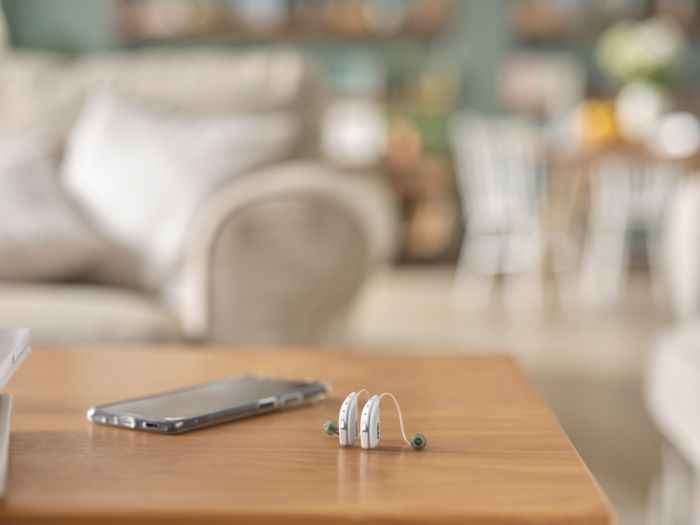


Explore common causes of ear pain from headphones and hearing aids, such as fit issues and material sensitivities.
Headphones are a staple in our daily lives, used for communication, streaming TV shows, and various other activities. Despite their convenience and comfort, improper use can lead to hearing problems. Rather than advocating a complete ban on their use, it's essential to understand how excessive or improper use can impact our hearing health.
 Visit your local clinic to discuss your options
Book an Appointment
Visit your local clinic to discuss your options
Book an Appointment
Improper fit of headphones and hearing aids can lead to discomfort and pain. Whether too tight or poorly shaped, devices that don’t fit well can press on the outer ear, ear canal, or surrounding areas. This pressure can cause soreness, tenderness, or a feeling of fullness.
To alleviate pressure-related pain, ensure your devices are well-fitted. Adjust the size and positioning of headphones and consult an audiologist to tailor hearing aids to the unique contours of your ear.
Sensitivities to materials used in headphones and hearing aids can cause irritation:
If you experience material-related discomfort, switching to hypoallergenic options and keeping your devices clean can help reduce irritation.
Extended use of headphones or hearing aids can lead to ear fatigue:
By addressing fit, material sensitivities, and usage habits, you can improve comfort and reduce ear pain associated with both headphones and hearing aids.
Listening to audio at high volumes can strain your auditory system and lead to ear pain or hearing damage. Prolonged exposure to loud sounds may cause discomfort, a sensation of pressure, or even temporary hearing loss.
Distorted or low-quality sound can force you to increase the volume to compensate for clarity, which can also strain your ears. This constant adjustment can lead to ear fatigue and discomfort.
Earwax build-up can significantly contribute to ear discomfort and other related issues. Excessive earwax can cause a feeling of fullness, pressure, or pain in the ear canal. As earwax accumulates, it may push against the eardrum or other parts of the ear, leading to discomfort.
A build-up of earwax can muffle sounds or affect the clarity of your hearing. This can make it difficult to hear clearly and may cause you to increase the volume on your headphones or hearing aids, potentially leading to further discomfort.
Blocked earwax can create an environment conducive to bacterial growth, potentially leading to ear infections. Symptoms of an infection may include pain, itching, or discharge.
 Visit your local clinic for more information
Visit your local clinic for more information
Ensure Proper Fit
Hypoallergenic
Follow Practice
Earwax Build-Up
Ensure Proper Fit

Hypoallergenic

Follow Practice

Earwax Build-Up

If discomfort continues despite following proper cleaning and fitting guidelines, it’s essential to seek professional help. Consult your hearing care specialist or audiologist for a thorough examination to identify the root cause of the issue. They can provide tailored solutions, such as adjusting the fit, recommending alternative models, or addressing specific skin sensitivities. Persistent problems may also warrant a review of your hearing aid’s maintenance routine or a discussion about potential underlying health conditions that could be contributing to the discomfort. Regular follow-ups with your specialist can help ensure that your hearing aids continue to provide comfort and optimal performance.

Make an appointment and visit us. Our audiologists will be happy to answer all your questions about hearing and show you our range of Amplifon hearing aids.
